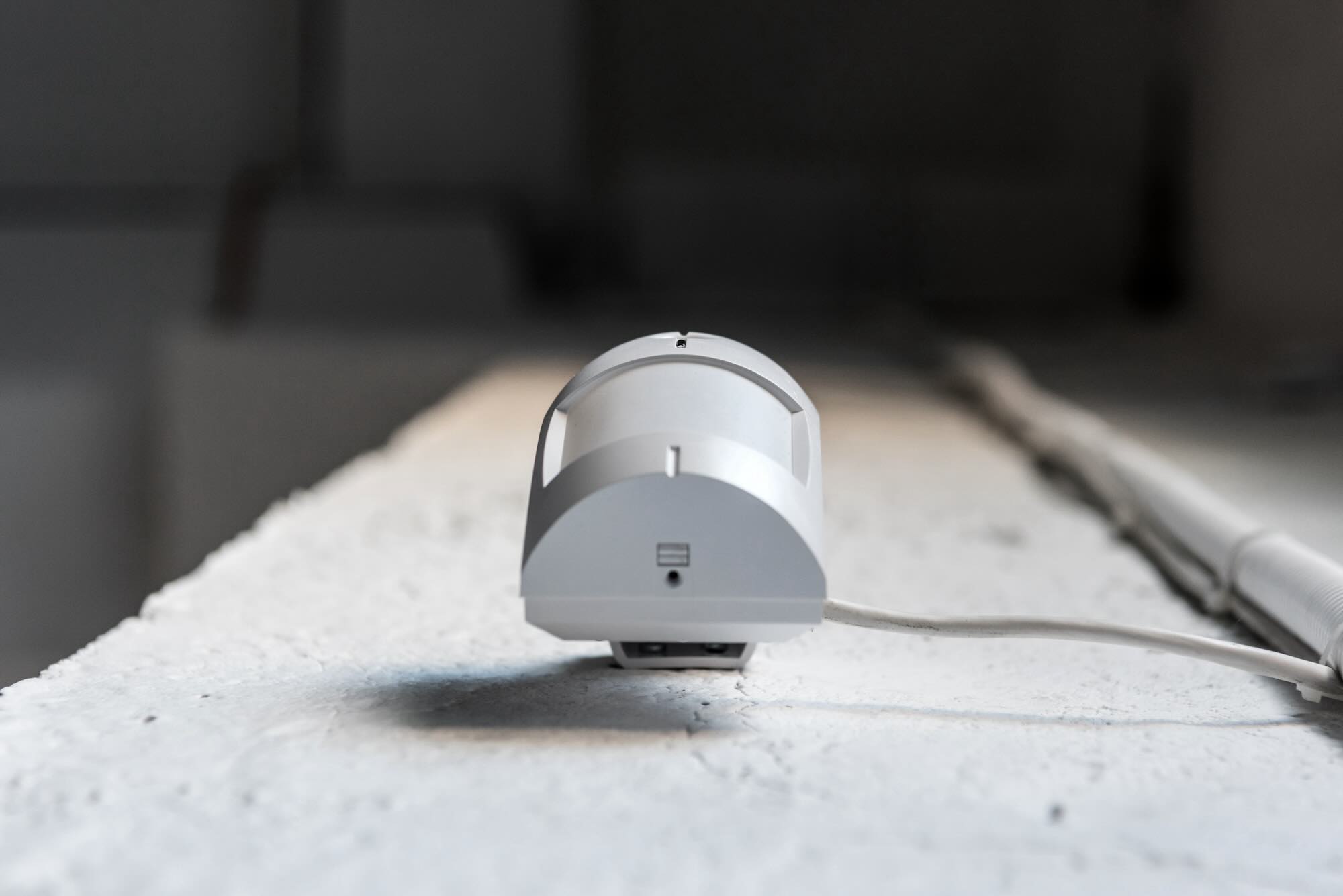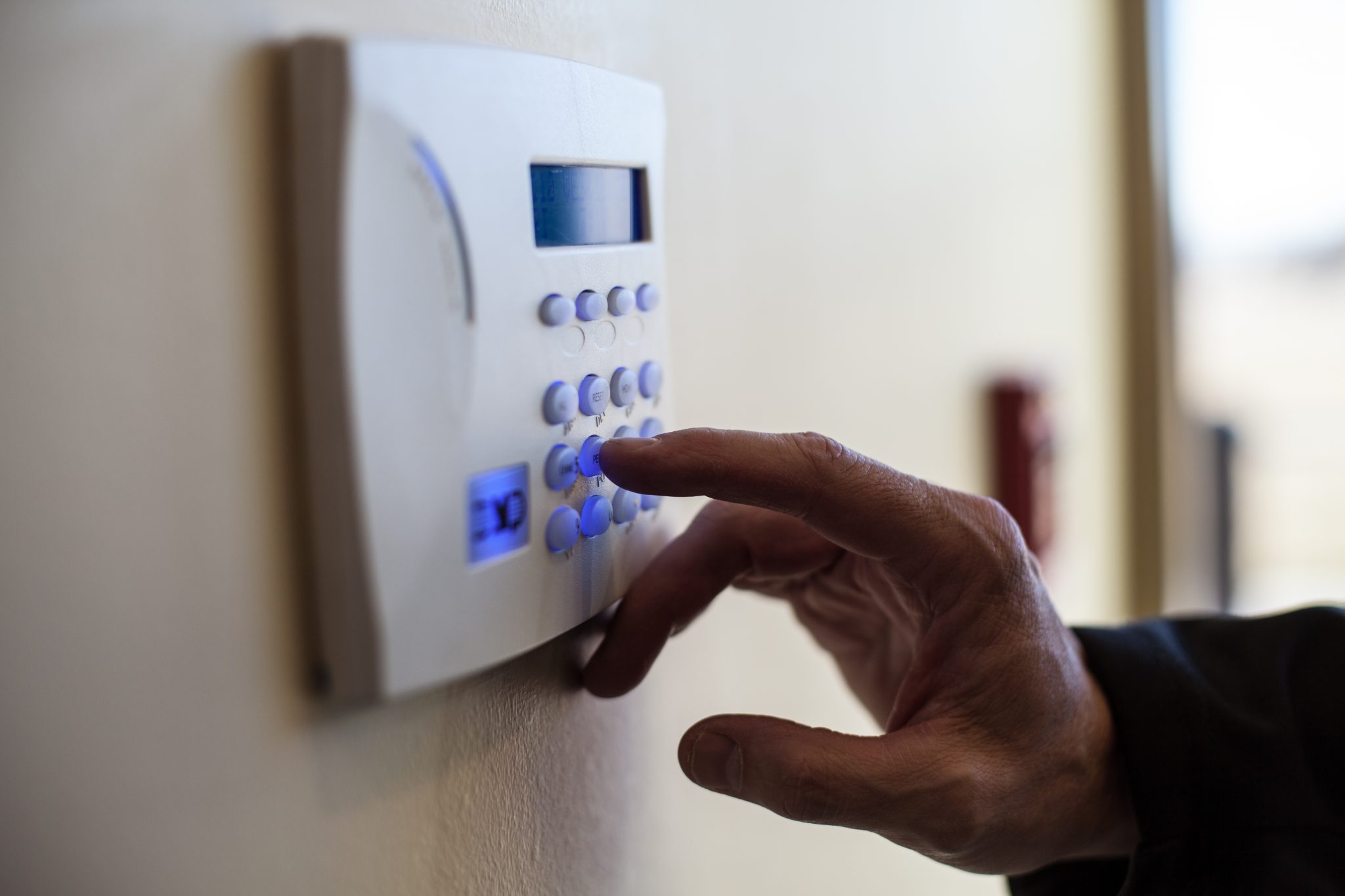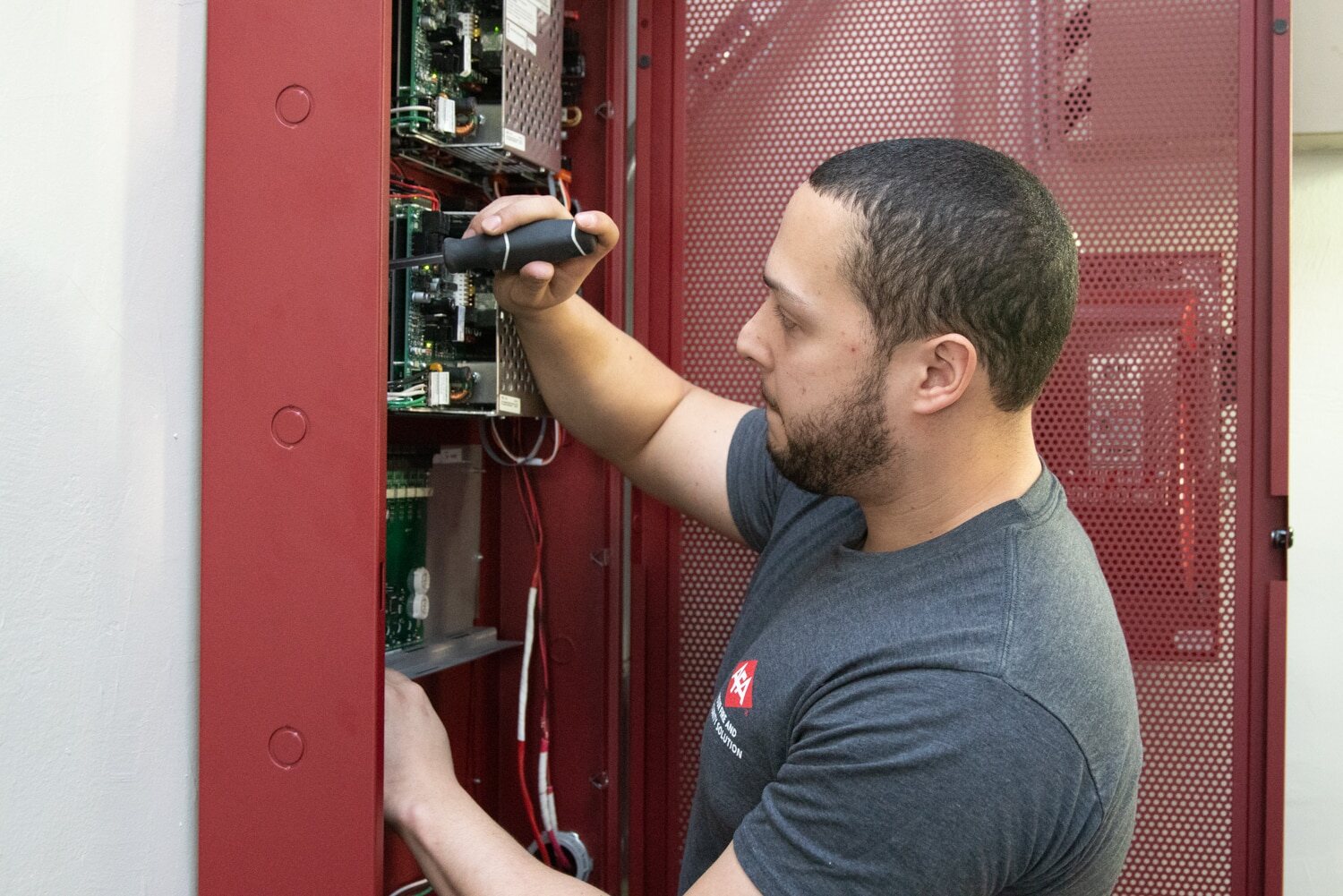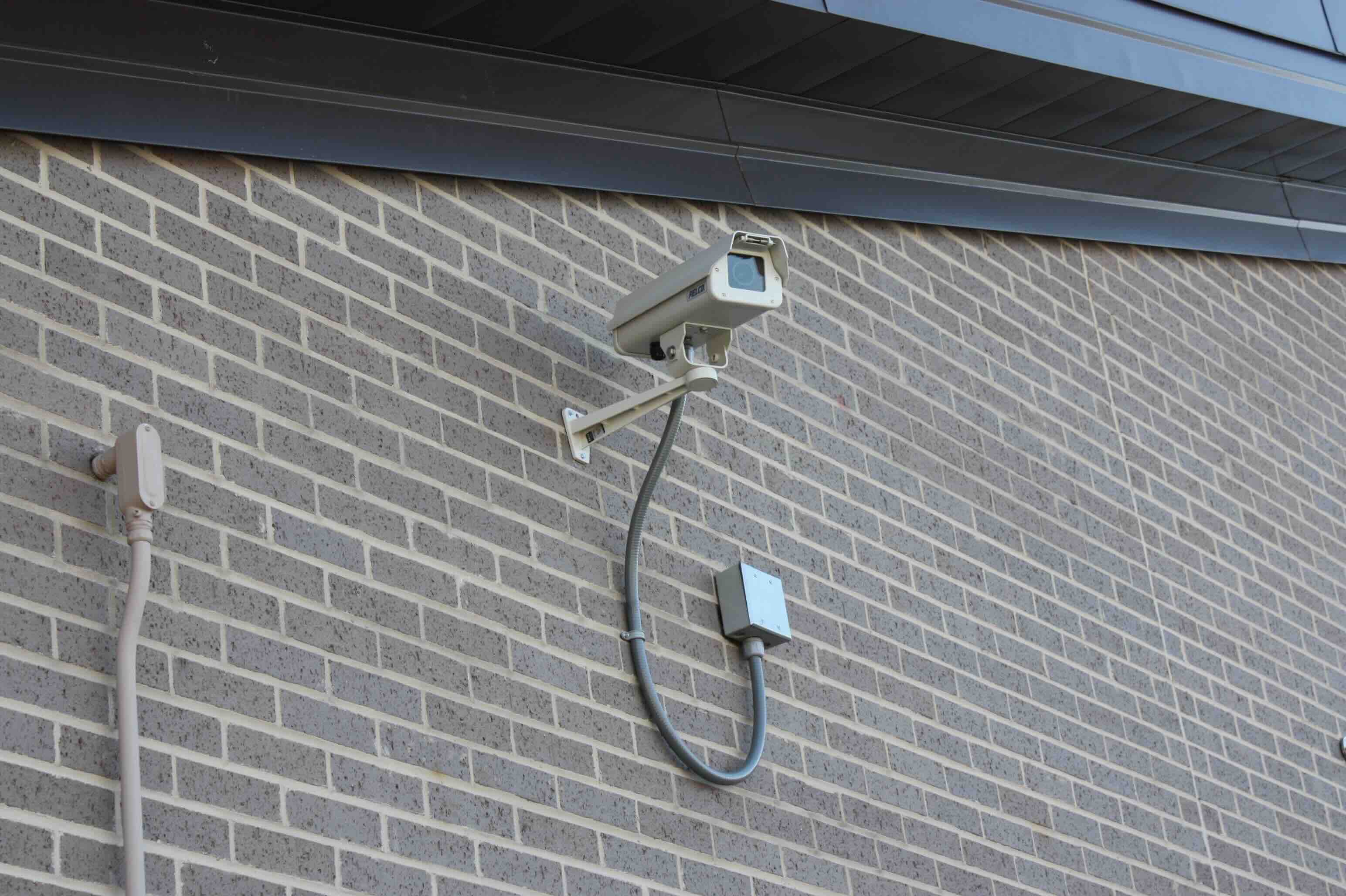Home>Home Security and Surveillance>What Type Of Intrusion Detection System Do I Need At Home?
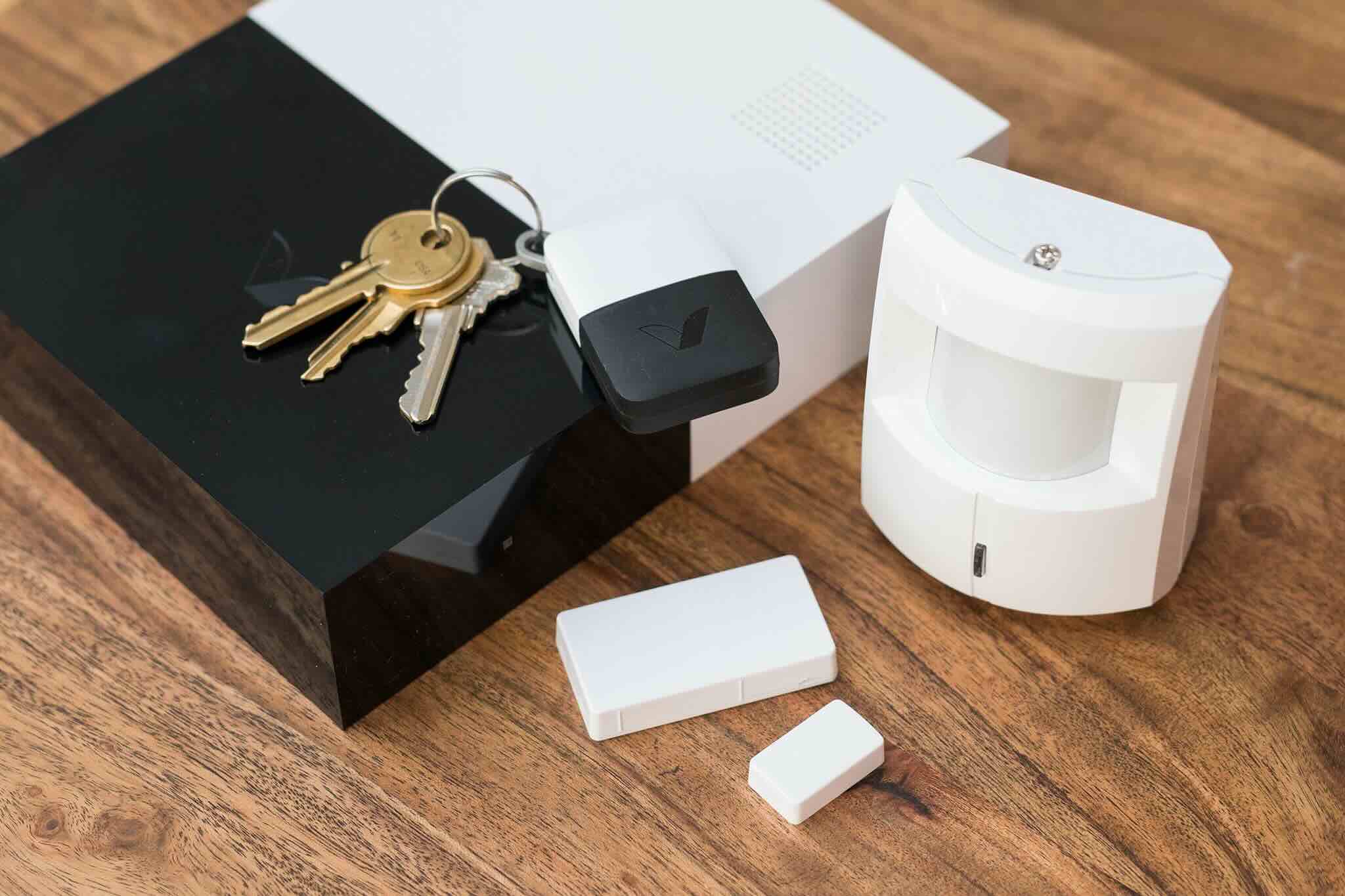

Home Security and Surveillance
What Type Of Intrusion Detection System Do I Need At Home?
Modified: March 6, 2024
Discover the perfect home security and surveillance system to keep your household safe. Find the best intrusion detection system for your specific needs and budget.
(Many of the links in this article redirect to a specific reviewed product. Your purchase of these products through affiliate links helps to generate commission for Storables.com, at no extra cost. Learn more)
Introduction
Welcome to the world of home security and surveillance! In today’s fast-paced and interconnected world, protecting our homes and loved ones has become a top priority. This is where intrusion detection systems play a crucial role. These systems are designed to detect any unauthorized entry or intrusion into your home, providing you with peace of mind and ensuring the safety of your family and valuable belongings.
Intrusion detection systems have come a long way over the years. Gone are the days of relying solely on traditional locks and keys. With advancements in technology, we now have a wide range of sophisticated and intelligent systems at our disposal.
This article will guide you through the different types of intrusion detection systems available for home use. Whether you are a homeowner looking to enhance your home security or a renter seeking peace of mind, understanding these systems will help you make an informed decision.
Before we dive into the various types of intrusion detection systems, let’s take a moment to understand why they are so important in today’s world.
Key Takeaways:
- Intrusion detection systems like motion sensors, cameras, and panic buttons provide peace of mind and rapid response in case of emergencies, making homes safer and deterring potential intruders.
- Consider factors like security needs, integration possibilities, and user-friendliness when choosing an intrusion detection system for your home. Each home is unique, so tailor the system to your specific requirements for optimal security.
Importance of Intrusion Detection Systems
Home security is a top priority for every homeowner. No one wants to experience the trauma and loss that can come from a home invasion or burglary. This is where intrusion detection systems step in to provide an extra layer of protection.
Here are some key reasons why intrusion detection systems are important:
- Crime Deterrence: The mere presence of an intrusion detection system can act as a strong deterrent for potential burglars. Knowing that a home is equipped with such technology increases the risk for intruders, often causing them to choose an easier target.
- Rapid Response: With an intrusion detection system in place, you can rest assured that any unauthorized entry into your home will be detected immediately. This enables faster response times from local authorities or security personnel, increasing the likelihood of catching the intruder.
- Peace of Mind: Knowing that your home is protected by an intrusion detection system provides a sense of peace and security. You can go about your daily life without constantly worrying about the safety of your loved ones and belongings.
- Insurance Benefits: Many insurance companies offer discounts on homeowner’s insurance policies for homes equipped with intrusion detection systems. By investing in such a system, you not only enhance your security but also potentially save money in the long run.
- Remote Monitoring: Most modern intrusion detection systems offer remote monitoring capabilities. This means that you can monitor your home’s security in real-time from anywhere in the world, using your smartphone or computer. This is particularly beneficial for frequent travelers or those who spend extended periods away from home.
As you can see, intrusion detection systems go beyond just deterring and detecting crimes. They provide a sense of security, peace of mind, and valuable insurance benefits. Now that we understand their importance, let’s explore the different types of intrusion detection systems available for home use.
Types of Intrusion Detection Systems for Home Use
When it comes to protecting your home from intruders, there are various types of intrusion detection systems to choose from. Each system has its own unique features and benefits, catering to different security needs. Let’s explore some of the most common types:
- Passive Infrared (PIR) Motion Sensors: PIR motion sensors detect changes in infrared radiation within a specific area. These sensors are triggered by body heat and movement, making them highly effective in detecting unauthorized entry. When an intruder is detected, the sensor sends a signal to the control panel, which triggers an alarm or activates surveillance cameras.
- Magnetic Contacts: Magnetic contacts are typically installed on doors and windows. They consist of two components – a switch and a magnet. When the door or window is closed, the magnet aligns with the switch, indicating that it is secure. If the door or window is opened while the system is armed, the magnet and switch are separated, triggering an alarm.
- Glass Break Detectors: Glass break detectors are designed to detect the sound frequencies associated with glass breaking. They are commonly used in areas with large windows or glass doors. When the sensor detects the unique sound pattern of breaking glass, it sends a signal to the control panel, triggering an alarm.
- Wireless Cameras: Wireless cameras, also known as surveillance cameras, provide visual monitoring of your home. These cameras can be placed both indoors and outdoors, allowing you to keep an eye on your surroundings. Many cameras offer features such as motion detection, night vision, and remote access for live streaming and playback.
- Panic Buttons: Panic buttons are often used in conjunction with other intrusion detection systems. They provide a quick and easy way to alert authorities in case of an emergency. When the panic button is pressed, a distress signal is sent directly to a monitoring center or the local police.
These are just a few examples of the many intrusion detection systems available for home use. The choice of system will depend on factors such as the layout of your home, your security requirements, and your budget. It’s important to consider these factors when selecting the right system for your needs.
Now that we have explored the different types of intrusion detection systems, let’s move on to the factors you should consider when choosing a system for your home.
Passive Infrared (PIR) Motion Sensors
Passive Infrared (PIR) motion sensors are a popular choice for home intrusion detection systems. These sensors work by detecting changes in infrared radiation within a specific area. They are designed to identify body heat and movement, making them highly effective in detecting unauthorized entry into your home.
Here’s how PIR motion sensors work:
- Detection Range: PIR motion sensors have a specific range within which they can detect motion. This range is typically adjustable, allowing you to customize the sensor’s sensitivity to your specific needs.
- Triggering: When an intruder enters the detection range of a PIR motion sensor, the sensor detects the change in infrared radiation caused by the intruder’s body heat. This triggers the sensor to send a signal to the control panel of the intrusion detection system.
- Alarm Activation: Once the control panel receives the signal from the PIR motion sensor, it can activate various security measures. This may include sounding an alarm, activating surveillance cameras, or sending an alert to a monitoring center.
PIR motion sensors offer several advantages for home security:
- Accuracy: PIR motion sensors are highly accurate in detecting human movement. They are designed to differentiate between the infrared heat signature of a person and other heat sources, such as pets or passing vehicles, reducing the likelihood of false alarms.
- Flexibility: These sensors can be installed in various locations and can cover both indoor and outdoor areas. They are available in different forms, including wall-mounted sensors, ceiling-mounted sensors, and even outdoor sensors designed to withstand weather conditions.
- Cost-effectiveness: PIR motion sensors are relatively affordable compared to other intrusion detection systems. They offer a cost-effective solution for homeowners looking to enhance their home security without breaking the bank.
It’s important to keep in mind that PIR motion sensors have limitations as well:
- Line-of-Sight: PIR motion sensors rely on line-of-sight to detect motion. This means that they may not be effective if there are obstacles blocking the sensor’s view, such as walls or furniture.
- Range: The detection range of PIR motion sensors can vary depending on the model and manufacturer. It’s important to consider the layout and size of your home to determine the number of sensors needed for adequate coverage.
- Environmental Factors: Extreme temperatures, direct sunlight, and other environmental factors can affect the performance of PIR motion sensors. It’s essential to choose sensors designed to handle the specific environmental conditions of your location.
When considering PIR motion sensors for your home security system, make sure to consult with a professional to assess your specific security needs and determine the best placement for optimal coverage.
Magnetic Contacts
Magnetic contacts are another commonly used type of intrusion detection system for securing doors and windows in homes. These simple yet effective devices consist of two components – a switch and a magnet. When the door or window is closed, the magnet aligns with the switch, indicating that it is secured. If the door or window is opened while the system is armed, the magnet and switch are separated, triggering an alarm.
Here’s how magnetic contacts work:
- Installation: Magnetic contacts are typically installed on the frame of doors and windows, with the magnet on the moving part and the switch on the fixed part.
- Circuit Connectivity: When the door or window is closed, the magnet aligns with the switch, allowing the electrical circuit to remain closed. This indicates that the door or window is secure.
- Alarm Activation: If the door or window is opened while the system is armed, the magnet and switch are separated, causing the electrical circuit to break. This triggers the intrusion detection system to activate an alarm.
There are several advantages to using magnetic contacts for home security:
- Simplicity and Reliability: Magnetic contacts are simple in design and do not rely on complex technology. This makes them highly reliable with minimal chances of malfunctioning.
- Invisible Protection: Unlike other types of intrusion detection systems, magnetic contacts are not easily visible. This makes them discreet and does not interfere with the aesthetics of your doors and windows.
- Flexible Placement: Magnetic contacts can be installed on various types of doors and windows, including swinging, sliding, and French doors. They can be used on both entry points and interior doors, providing comprehensive coverage for your home.
It’s important to consider certain factors when using magnetic contacts:
- Installation Precision: Proper installation is crucial for the effective functioning of magnetic contacts. The alignment of the magnet and switch should be precise to ensure accurate detection and to avoid false alarms.
- Maintenance: Regular maintenance is necessary to ensure that the contacts are clean and free from debris or dust that may affect their performance. The contacts should also be tested periodically to verify their functionality.
- Distance Limitations: Magnetic contacts have a limited distance range between the magnet and switch. Depending on the specific model, this range can vary. It’s essential to choose contacts that are suitable for the size of the doors and windows you want to protect.
Magnetic contacts offer a cost-effective and reliable solution for securing your home’s entry points. They work seamlessly with the overall intrusion detection system and provide an additional layer of protection against unauthorized access.
Consider a combination of a network-based IDS to monitor your internet traffic and a host-based IDS to monitor individual devices. This will provide comprehensive coverage for detecting and preventing intrusions at home.
Glass Break Detectors
Glass break detectors are an important component of any comprehensive home security system. These devices are designed to detect the unique sound frequencies associated with the breaking of glass. They are particularly useful for homes with large windows or glass doors that are vulnerable to break-ins.
Here’s how glass break detectors work:
- Audio Analysis: Glass break detectors use advanced audio analysis technology to identify the specific sound pattern created by the breaking of glass. These detectors are programmed to recognize the frequency, amplitude, and duration of this sound to distinguish it from other sources of noise.
- Microphone Sensitivity: Glass break detectors have built-in microphones that are highly sensitive to sound. They are designed to pick up the sound of glass breaking, even from a distance, allowing for comprehensive coverage over a designated area.
- Signal Transmission: When the glass break detector detects the specific sound pattern associated with glass breaking, it sends a signal to the control panel of the intrusion detection system.
- Alarm Activation: Upon receiving the signal from the glass break detector, the control panel activates an alarm or triggers other security measures, such as activating surveillance cameras or notifying the homeowner or security monitoring center.
Glass break detectors offer several advantages for home security:
- Comprehensive Coverage: Glass break detectors can cover a wide area, making them ideal for rooms with large windows or glass doors. They provide an additional layer of protection against intruders attempting to gain access by breaking the glass.
- Instant Detection: Glass break detectors operate on sound recognition, meaning they can detect an attempted break-in as soon as the glass is shattered. This provides an immediate alert, allowing for a rapid response from the homeowner or security personnel.
- No Line-of-Sight Required: Unlike other detection systems, glass break detectors do not rely on direct line-of-sight. They can detect glass breaking even if the sensors are not directly facing the glass panels.
- Compatibility: Glass break detectors can be easily integrated into existing intrusion detection systems, complementing other sensors and devices. They can be customized to suit the specific needs of your home security setup.
It’s important to consider the following factors when using glass break detectors:
- Placement: Proper placement of glass break detectors is crucial for their effectiveness. They should be strategically positioned in areas with vulnerable glass panels, such as living rooms, dining rooms, or windows that are not easily visible from the street.
- Sensitivity Adjustment: Glass break detectors may have adjustable sensitivity settings to minimize false alarms. This allows you to fine-tune the detector’s response based on the specific environmental conditions of your home.
- Compatibility: Different types of glass break detectors are available, each designed for specific glass types and thicknesses. It is important to choose detectors that are compatible with the type of glass in your home for accurate detection.
Glass break detectors offer an effective solution for protecting your home against break-ins through glass windows and doors. They enhance the overall security system and provide peace of mind, knowing that any attempted intrusion will be promptly detected and responded to.
Wireless Cameras
Wireless cameras, also known as surveillance cameras or security cameras, have become an integral part of modern home security systems. These cameras provide visual monitoring of your home, both indoors and outdoors, allowing you to keep an eye on your surroundings and deter potential intruders.
Here’s how wireless cameras work:
- Installation: Wireless cameras are typically mounted on walls, ceilings, or other appropriate surfaces. They are connected to the home’s Wi-Fi network, eliminating the need for complex wiring.
- Video Capture: Wireless cameras capture high-quality video footage of their designated areas. Most cameras offer various features, such as high-resolution recording, night vision capabilities, and wide-angle lenses for optimal coverage.
- Data Transmission: The captured video footage is transmitted wirelessly to a network video recorder (NVR) or a cloud-based storage system. This allows you to access the recordings remotely through a mobile app or web portal.
- Remote Viewing: Using your smartphone, tablet, or computer, you can remotely view live footage from the wireless cameras. You can also access recorded footage for later viewing or review.
Wireless cameras offer numerous benefits for home security:
- Deterrence: The presence of visible security cameras acts as a deterrent to potential intruders, reducing the likelihood of break-ins.
- Visual Evidence: In the event of a security breach, wireless cameras provide valuable visual evidence that can be used for investigations and prosecutions.
- Remote Monitoring: With wireless cameras, you can monitor your home’s security in real-time from anywhere in the world. This is particularly useful for frequent travelers or homeowners who spend extended periods away from home.
- Multiple Camera Integration: Wireless cameras can be integrated into a comprehensive security system, allowing you to monitor multiple areas of your home simultaneously.
When using wireless cameras, it’s important to consider the following factors:
- Placement: Proper placement of wireless cameras is crucial to ensure optimal coverage. Consider strategic locations such as entrances, hallways, and areas with valuable belongings.
- Power Source: Wireless cameras require a power source for continuous operation. Ensure that there is access to a power outlet or consider using cameras with rechargeable batteries.
- Network Security: Protect your wireless camera system by using secure Wi-Fi networks, strong passwords, and regular firmware updates to minimize the risk of unauthorized access.
- Privacy: Be mindful of privacy concerns when installing wireless cameras. Avoid installing cameras in areas where privacy is expected, such as bedrooms or bathrooms.
Wireless cameras offer flexibility, convenience, and peace of mind when it comes to monitoring the security of your home. By integrating them into your intrusion detection system, you can have a comprehensive view of potential threats and take proactive steps to protect your property and loved ones.
Panic Buttons
Panic buttons are a vital component of home security systems, providing a quick and easy way to summon help in the event of an emergency. These buttons offer an instant response mechanism, allowing you to trigger a distress signal that can alert local authorities or a monitoring center.
Here’s how panic buttons work:
- Easy Accessibility: Panic buttons are typically small devices that can be mounted or carried with you at all times. They are designed to be easily accessible during times of crisis.
- Signal Transmission: When the panic button is activated, either by pressing a physical button or using a mobile app, it sends a distress signal to the control panel of the security system.
- Emergency Alerts: Upon receiving the distress signal, the control panel initiates a series of actions. This may include activating an audible alarm, notifying a monitoring center, or directly contacting the local authorities.
Panic buttons offer several advantages for home security:
- Rapid Response: Panic buttons provide immediate communication in emergency situations, ensuring that help is just a button press away.
- Simple Operation: Panic buttons are designed to be user-friendly, with straightforward activation methods. This makes them accessible to everyone, including children, elderly, or individuals with disabilities.
- Discreet Placement: Panic buttons can be discreetly placed in various locations, such as next to beds, near exits, or in hidden spots. This ensures that they are within reach but not easily noticeable to potential intruders.
- Extra Layer of Protection: Panic buttons offer an additional layer of protection beyond traditional security measures, providing peace of mind and reassurance for homeowners and their families.
When considering panic buttons for your home security system, it’s important to keep the following factors in mind:
- Integration with Existing System: Ensure that the panic buttons you choose are compatible with your existing security system, allowing for seamless integration and effective communication.
- Multiple Access Points: Consider having panic buttons placed strategically throughout your home for easy accessibility from various locations.
- Testing and Maintenance: Regularly test and maintain your panic buttons to ensure they are in proper working order. Replace batteries as needed and notify your monitoring center if any issues arise.
Panic buttons are a reliable and essential element of home security. By having them readily available, you can have peace of mind knowing that you can quickly summon help when faced with an emergency situation.
Factors to Consider When Choosing an Intrusion Detection System
Choosing the right intrusion detection system for your home is crucial in ensuring the safety and security of your property and loved ones. With so many options available, it’s important to consider the following factors when making your decision:
- Security Requirements: Assess your specific security needs. Consider factors such as the size of your property, the number of entry points, and the level of security you desire. This will help determine the type and number of sensors and devices required for your intrusion detection system.
- Integration Possibilities: Determine if the intrusion detection system can be easily integrated with other security devices, such as surveillance cameras or smart home automation systems. Integration allows for a comprehensive and synchronized security setup.
- Scalability: Consider the scalability options of the intrusion detection system. If you plan to expand or upgrade your security system in the future, make sure the system supports the addition of more sensors and devices.
- Reliability: Look for a system that is known for its reliability and performance. Read reviews, get recommendations, and select a reputable brand or supplier to ensure that the system functions properly when needed.
- Monitoring Options: Determine if the system allows for professional monitoring by a security company or if you prefer self-monitoring through a mobile app. Professional monitoring provides round-the-clock surveillance and quick response in case of emergencies.
- Cost: Consider your budget and the overall cost of the intrusion detection system. This includes the initial installation cost, equipment expenses, monthly fees (if any), and any additional costs for ongoing maintenance or upgrades.
- User-Friendliness: Ensure that the system is user-friendly and easy to operate. The control panel and user interface should be intuitive and straightforward, allowing you to easily arm, disarm, and manage the system without complications.
- Customer Support: Research the customer support provided by the manufacturer or supplier. Check if they offer technical assistance, warranty, and reliable customer service in case any issues or questions arise.
Remember, every home is unique, and your security requirements may differ from others. It’s essential to consider these factors in light of your specific needs and preferences. Consulting with a professional security provider can also offer valuable insights and recommendations tailored to your home’s security situation.
By carefully considering these factors, you can select an intrusion detection system that meets your security needs, provides peace of mind, and ensures the safety of your home and loved ones.
Conclusion
Choosing the right intrusion detection system is an essential step in enhancing the security and peace of mind you deserve for your home. Each type of system has its own advantages and considerations, and understanding them will help you make an informed decision.
Passive Infrared (PIR) motion sensors, magnetic contacts, glass break detectors, wireless cameras, and panic buttons all play unique roles in a holistic security system. PIR motion sensors detect movement, magnetic contacts secure doors and windows, glass break detectors recognize the sound of breaking glass, wireless cameras provide visual monitoring, and panic buttons offer a quick way to summon help during emergencies.
When choosing an intrusion detection system, factors like your security requirements, integration possibilities, scalability, reliability, monitoring options, cost, user-friendliness, and customer support should all be considered. Each home is different, so tailoring the system to your specific needs is of utmost importance.
Ultimately, investing in an intrusion detection system is an investment in the safety and security of your home and loved ones. With advanced technology and a wide range of options available, there is a solution for every home and budget.
Remember to consult with professionals in the field to ensure the system is properly installed and optimized. They can provide expert advice on the best placement of sensors and devices, as well as offer guidance on maintenance and any necessary updates.
By taking the time to assess your security needs and carefully choosing the right intrusion detection system, you can enjoy the peace of mind that comes from knowing your home is protected. Protecting your loved ones and valuables is a top priority, and embracing modern home security solutions is a vital step in achieving that goal.
Frequently Asked Questions about What Type Of Intrusion Detection System Do I Need At Home?
Was this page helpful?
At Storables.com, we guarantee accurate and reliable information. Our content, validated by Expert Board Contributors, is crafted following stringent Editorial Policies. We're committed to providing you with well-researched, expert-backed insights for all your informational needs.

